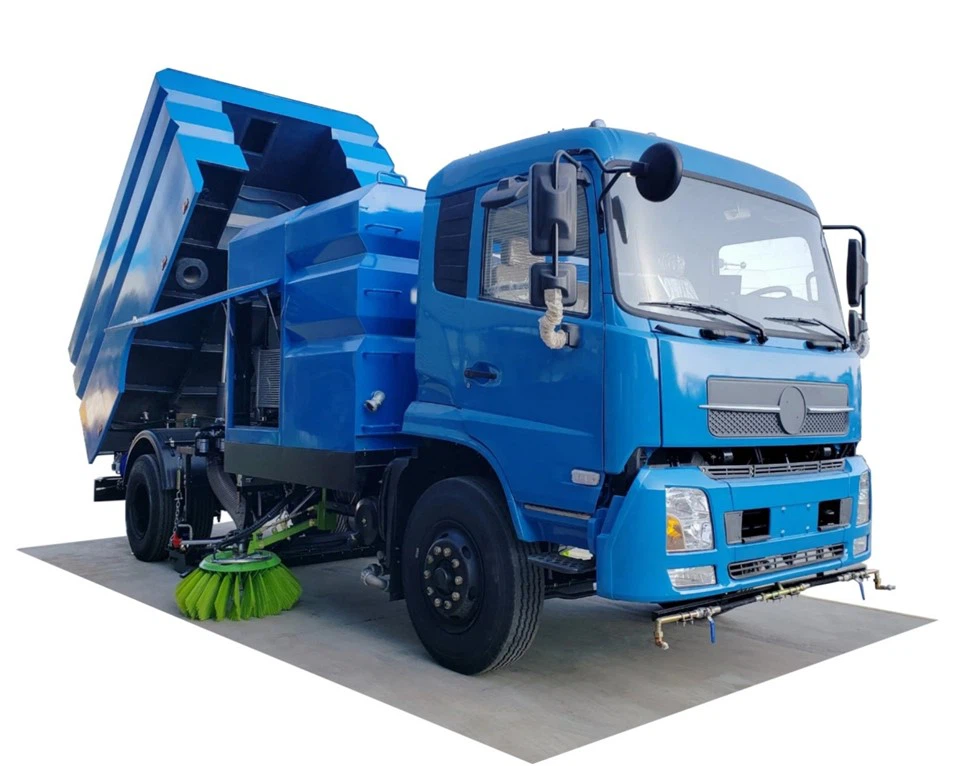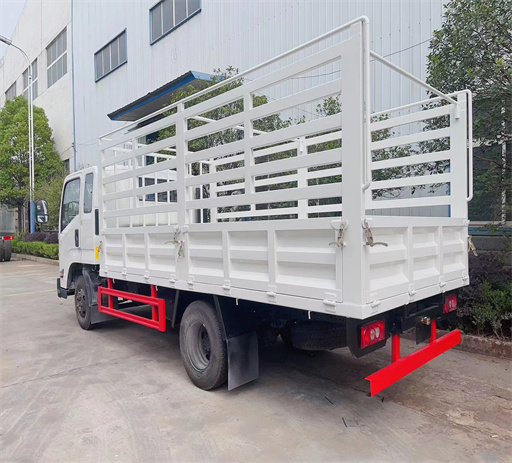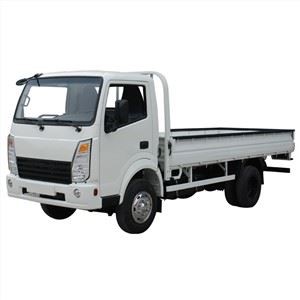Action Garbage Truck: The Ultimate Guide to Waste Management Heroes

Introduction
In the world of municipal services, the action garbage truck stands out as a vital component of urban infrastructure. This robust vehicle is not just a means for waste collection; it symbolizes the commitment to cleanliness, environmental protection, and community health. This article will delve deep into the various facets of action garbage trucks, from their history and types to their operational mechanisms and the technology driving them forward. Various practical examples, tips, and a comprehensive FAQ section will also be provided to ensure a well-rounded understanding of this essential service.
Understanding the Action Garbage Truck
What is an Action Garbage Truck?
An action garbage truck is a specialized vehicle designed for the collection and transportation of waste materials from residential, commercial, and public areas. These trucks come in various sizes and types, tailored to meet the specific waste collection needs of different communities.
The Evolution of Garbage Trucks
Garbage trucks have come a long way since their onset in the late 19th century. Originally horse-drawn carts, they evolved into steam-powered vehicles and eventually into the modern motorized garbage trucks we see today. With advancements in engineering, the efficiency and functionality of garbage trucks have improved significantly.

Historical Milestones
- 1874: The first mechanical garbage truck was introduced in the U.S.
- 1920s: The introduction of hydraulic lifts changed the waste collection process.
- 1980s: Introduction of automated collection systems for enhanced efficiency.
Types of Action Garbage Trucks
Front-Loading Garbage Trucks
Front-loading garbage trucks are commonly used in commercial waste management. These trucks have large bins in the front to facilitate the quick loading of waste containers.
Rear-Loading Garbage Trucks
Designed for residential collection, rear-loading trucks have the entrance for loading waste at the back. They are ideal for areas with narrow streets and can handle various waste types.
Side-Loading Garbage Trucks
Side-loaders allow garbage collection on one side of the vehicle. This design offers the ability to collect waste efficiently while minimizing the need for additional space. They can be operated manually or through automated systems.
Compactor Trucks
These trucks have a built-in compactor system that compresses waste. This feature allows for larger volumes of waste to be transported without needing multiple trips, thereby saving time and resources.
The Technology Behind Action Garbage Trucks
Garbage Truck Components

| Component | Description |
|---|---|
| Chassis | The vehicle frame and engine, providing structural support. |
| Compaction System | Compresses waste to maximize space within the truck. |
| Hydraulic System | Powers the lifting and tipping mechanisms. |
| Driver Cabin | Where the operator controls the vehicle, equipped with safety features. |
Innovations in Garbage Truck Technology
Modern action garbage trucks incorporate advanced technologies, such as GPS for route optimization, automated loading systems to enhance efficiency, and hybrid engines to reduce environmental impact. These features not only improve performance but also contribute to sustainability goals.
Best Practices for Garbage Truck Operations
Effective Waste Management Strategies
- Regular Maintenance: Routine checks and servicing are essential for ensuring truck longevity and reliability.
- Optimal Routing: Use of software for planning routes can reduce fuel costs and improve collection efficiency.
- Staff Training: Ensuring operators are well-trained on safety and operational procedures enhances overall performance.
Safety Measures for Operators
- Wear appropriate personal protective equipment (PPE).
- Conduct daily vehicle inspections before operation.
- Be aware of surroundings, particularly in residential areas.
Environmental Impact of Garbage Trucks
Challenges Related to Waste Collection
While garbage trucks play a crucial role in waste management, they also face challenges such as emissions, noise pollution, and traffic congestion. The transition to electric and hybrid models is a step towards mitigating these environmental impacts.
Recycling and Resource Recovery
Modern waste management practices focus on not only collection but also recycling and recovery of resources. Action garbage trucks are increasingly equipped to sort recyclables and organic waste, contributing to circular economy goals.
Case Studies: Action Garbage Trucks in Action
City of Los Angeles
The city has incorporated automated side-loading trucks to enhance efficiency in residential waste collection. This approach has minimized the need for manual labor and has improved collection times.
Recycling Initiatives in San Francisco
San Francisco has implemented a comprehensive recycling program, utilizing specialized garbage trucks for the collection of compost, recycling, and landfill waste, leading to one of the highest diversion rates in the country.

Practical Tips for Individuals and Communities
How to Reduce Waste
To minimize the amount of waste collected by garbage trucks, individuals can:
- Practice recycling and composting.
- Reduce single-use plastics.
- Participate in local clean-up efforts.
Community Engagement
Communities can work together to develop strategies that align with waste management efforts, supporting local initiatives such as recycling drives and educational programs about waste reduction.
Future of Action Garbage Trucks
Trends Shaping the Industry
The future of garbage trucks is likely to be driven by advancements in technology and sustainability. Electric garbage trucks, autonomous collection systems, and AI-driven route planning are just a few of the trends expected to shape the industry in the coming years.
The Role of Communities in Waste Management
Communities will play a critical role in shaping waste management policies and practices going forward. Active participation in local initiatives and a commitment to sustainability will be essential for a greener future.
FAQ Section
What is an action garbage truck?
An action garbage truck is a specialized vehicle designed for the efficient collection and transportation of waste in urban and suburban areas.
What types of garbage trucks are there?
There are several types of garbage trucks, including front-loading, rear-loading, side-loading, and compactor trucks, each designed for specific waste collection needs.
How often do garbage trucks operate?
The frequency of garbage truck operations varies by community and service needs, but residential areas typically see trucks operating weekly or bi-weekly.
How can individuals help reduce waste?
Individuals can help reduce waste by recycling, composting, minimizing single-use plastics, and actively participating in community clean-up events.
What are the environmental impacts of garbage trucks?
Garbage trucks contribute to air and noise pollution and traffic congestion, but advancements in technology, such as electric models, aim to minimize these impacts.
Are there any safety measures for garbage truck operators?
Yes, operators should wear PPE, conduct pre-operation inspections, and maintain situational awareness while driving and collecting waste.
